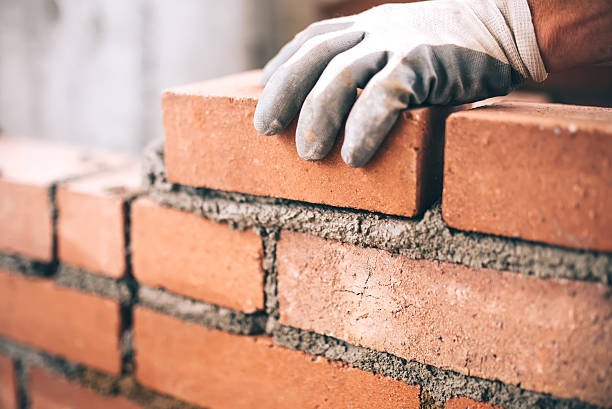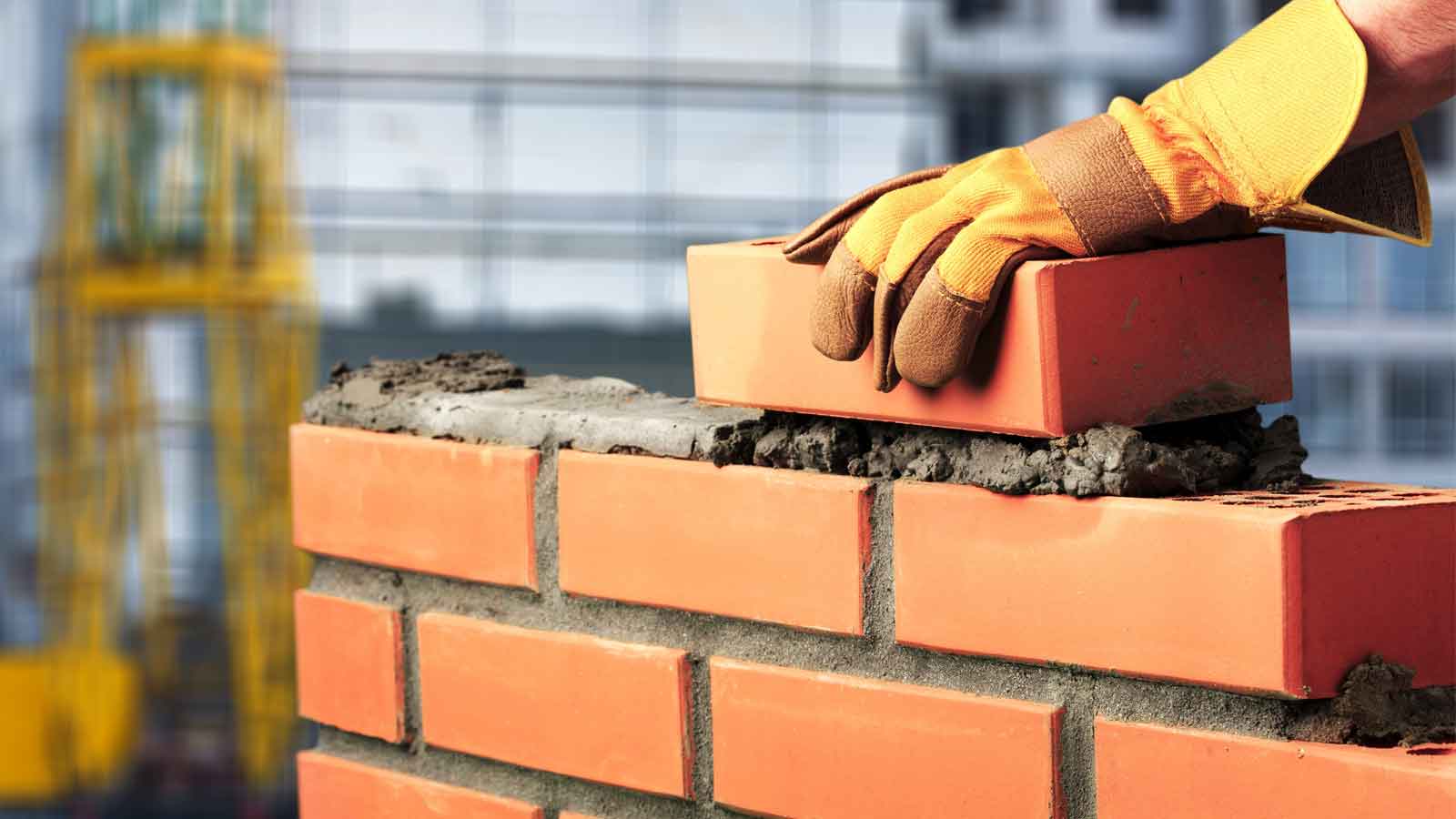Professional Step Repair Services: Make Certain Security and Resilience
Professional Step Repair Services: Make Certain Security and Resilience
Blog Article
Opening the Keys of Lasting Stonework Building Practices for Eco-Friendly Buildings
In the realm of modern building, the quest of lasting practices has actually become paramount. Amongst the myriad strategies to environmentally friendly building, lasting stonework building attracts attention as a reliable and sturdy approach that holds a riches of untapped capacity. From the selection of products to cutting-edge building and construction strategies, the tricks to accomplishing sustainability within stonework building are diverse and interesting. By discovering the advantages, materials, methods, and future patterns of sustainable masonry, a deeper understanding of how these practices can form the future of environment-friendly structures emerges.
Advantages of Sustainable Stonework Construction
Accepting lasting masonry building and construction methods not only decreases environmental impact but also uses long-lasting economic benefits to building contractors and areas. By utilizing products like recycled bricks, blocks, and stones, building contractors can dramatically decrease the carbon footprint of their projects while advertising resource efficiency. Furthermore, sustainable masonry building and construction strategies, such as correct insulation and thermal mass homes, can boost power effectiveness within buildings, leading to lowered operational costs over time.
In addition, the durability and durability of masonry structures add to long-term financial benefits. Structures built making use of lasting masonry techniques often call for much less repair and maintenance, converting to cost financial savings for building contractors and homeowner. The longevity of masonry products additionally ensures that frameworks stay secure and safe, decreasing the demand for regular improvements or substitutes.
Eco-Friendly Masonry Products
Making use of environment-friendly stonework products is a crucial action towards improving the sustainability of construction practices and reducing ecological impact while maximizing lasting financial advantages. Sustainable masonry materials are sourced, produced, and utilized in a way that minimizes total ecological effect. Materials such as recycled bricks, redeemed rock, and sustainable concrete blocks are ending up being significantly preferred options for eco-conscious contractors. Recycled blocks, for instance, not only draw away waste from land fills yet additionally call for less energy to produce contrasted to new blocks. Redeemed stone supplies an unique visual charm while lowering the need for brand-new quarrying. Lasting concrete blocks incorporate recycled aggregates and may feature better insulation properties, adding to power efficiency in structures.
Moreover, all-natural materials like adobe, rammed planet, and straw bales provide excellent thermal mass buildings, decreasing the demand for heating and cooling down energy. These materials are commonly locally readily available, promoting regional economies and decreasing transportation-related carbon discharges. By selecting green stonework materials, construction tasks can dramatically minimize their ecological footprint and add to the production of healthier, more sustainable developed atmospheres.
Energy-Efficient Stonework Strategies
Power effectiveness plays a crucial duty in boosting the sustainability of masonry construction techniques. By implementing energy-efficient masonry methods, contractors can significantly lower the total power intake of a structure, causing reduced functional costs and a smaller sized ecological impact. One essential energy-efficient masonry method is making use of thermal mass, which includes including dense products like concrete or block right into the structure's structure to absorb and store warm. This assists control interior temperature levels, lowering the need for mechanical home heating and cooling down systems.

Developments in Lasting Masonry
Recent innovations in lasting masonry practices have brought about cutting-edge methods that are reshaping the building and construction market. One such development is the growth of self-healing concrete, which utilizes bacteria embedded within the concrete to heal fractures autonomously. This development not only reduces maintenance prices yet also enhances the toughness of masonry structures, contributing to their sustainability.
An additional noteworthy development is making use of recycled aggregates in stonework building and construction - masonry contractor. By including materials such as smashed ceramic waste or recycled glass into concrete blends, builders can reduce the environmental effect of building and construction jobs while maintaining visit our website architectural stability. This practice not just diverts waste from landfills but also saves natural deposits, making it a key advancement in sustainable stonework building
Additionally, the assimilation of electronic layout tools, such as Structure Details Modeling (BIM), is reinventing the method stonework structures are intended and created. BIM permits even more precise calculations, reduced material wastefulness, and improved power performance, eventually resulting in even more lasting building techniques. These technologies collectively indicate an encouraging future for lasting stonework construction in the age of eco-friendly buildings.
Future Trends in Masonry Sustainability
With the cutting-edge strides made in sustainable stonework methods, the future fads in masonry sustainability are poised to additional revolutionize the building industry. Among the vital trends shaping the future of stonework sustainability is the increased combination of technology. Advancements such as Building Info Modeling (BIM) and digital truth simulations are being utilized to maximize stonework construction processes, resulting in minimized product waste and boosted energy efficiency in structures.
Furthermore, the growth of unique sustainable products is set to play a substantial function in boosting the eco-friendliness of masonry building. masonry contractor. Technologies like self-healing concrete, recycled accumulations, and bio-based binders are gaining traction for their capability to decrease ecological effect while preserving architectural integrity

Verdict
In verdict, sustainable masonry building practices use numerous benefits for environment-friendly buildings. By using environment-friendly materials and energy-efficient techniques, masonry can add to a much more sustainable developed environment. Developments in sustainable stonework are continuously being established to better boost the ecological performance of buildings. Looking in the direction of the future, the fad of masonry sustainability is expected to grow, bring about even more ecologically pleasant and energy-efficient construction practices in the years to find.
Report this page